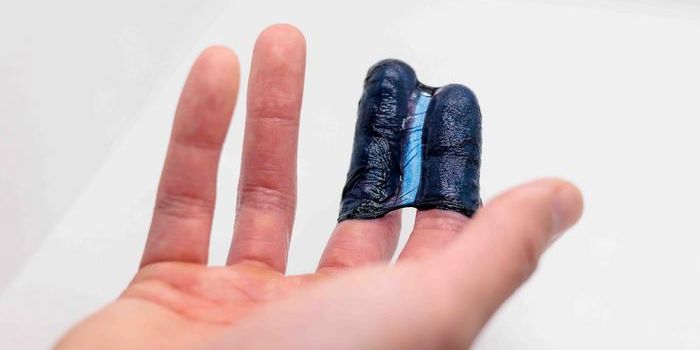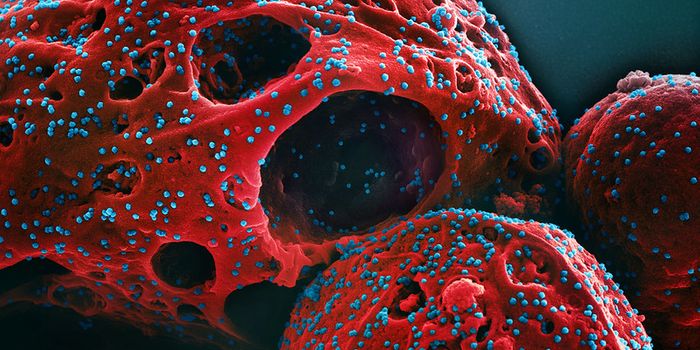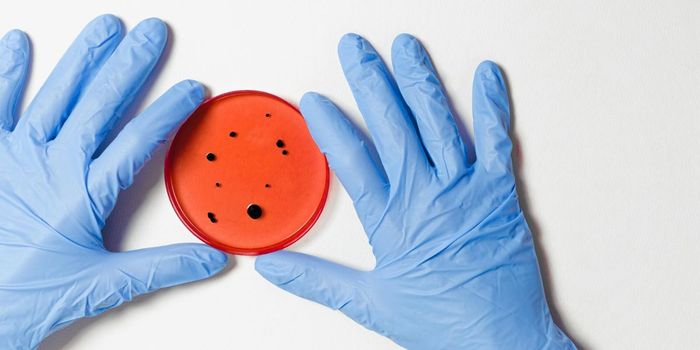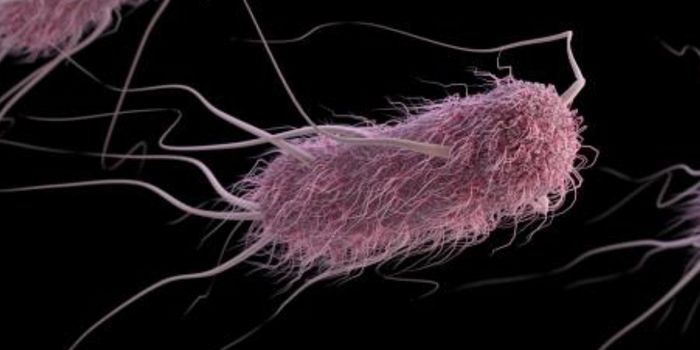New Gene Editor Can Alter Mitochondrial DNA
There is intense competition for resources in the microbial world, and bacteria have an arsenal of weapons to help them fight other microbes. The CRISPR gene-editing system is derived from a bacterial immune mechanism that destroys the DNA of potentially dangerous bacteria-infecting viruses by chopping it up, and then using the pieces to 'remember' the infection. Now scientists have created a new kind of gene editor that is also derived from bacteria, but in this case, it's a modified bacterial toxin that makes the genetic edit. The editor does not target genomic DNA like CRISPR/Cas9 editors do either; instead, it targets mitochondrial DNA.
Mitochondria are tiny organelles that each cell carries and which generate energy among other functions; they are often referred to as the powerhouse of the cell. They are also unusual because they carry their own DNA which they use to generate mitochondrial proteins. Like genomic DNA, mutations in mitochondrial DNA can lead to serious disease.
Researchers from the Broad Institute of MIT and Harvard and the University of Washington (UW) School of Medicine have now devised a way to target and correct mutations in individual bases of mitochondrial DNA. The base editor that the scientists made can change a C*G pair to a T*A pair. The work has been reported in Nature.
"The team has developed a new way of manipulating DNA and used it to precisely edit the human mitochondrial genome for the first time, to our knowledge -- providing a solution to a long-standing challenge in molecular biology," said David Liu, a professor of chemistry and chemical biology at Harvard University, and Howard Hughes Medical Institute (HHMI) investigator among other appointments. "The work is a testament to collaboration in basic and applied research, and may have further applications beyond mitochondrial biology."
Researchers in the lab of Joseph Mougous, UW professor of microbiology and an investigator at the HHMI, identified a protein made by a pathogenic bacterium called Burkholderia cenocepacia. The bacterial protein, a toxin called DddA, is able to change a cytosine to uracil in double-stranded DNA, killing other bacteria in the process.
"What is special about this protein, and what suggested to us that it might have unique editing applications, is its ability to target double-stranded DNA. All previously described deaminases that target DNA work only on the single-stranded form, which limits how they can be used as genome editors," said Mougous.
The scientists characterized the toxin and saw its potential. "We realized that the properties of this bacterial warfare agent could allow it to be paired with a non-CRISPR-based DNA-targeting system, raising the possibility of making base editors that do not rely on CRISPR or on guide RNAs," explained Liu. "It could enable us to finally perform precision genome editing in one of the last corners of biology that has remained untouchable by such technology -- mitochondrial DNA."
The team dismantled the toxicity of the molecule by dividing it into two inactive pieces that only edit mitochondrial DNA when they locate their target DNA and bind to it next to one another. The molecule then becomes active once again and changes cytosine to uracil, which results in a C*G to T*A edit in the mitochondrial genome. The base editor was dubbed the DddA-derived cytosine base editor (DdCBE).
DdCBE was then tested using five mitochondrial genes in human cells; DdCBE precisely edited up to 50 percent of the mitochondrial DNA, and they verified the edits happened as intended. Now researchers can look for other editors that can make different kinds of changes in mitochondrial DNA.
"A mitochondrial genome editor has the long-term potential to be developed into a therapeutic to treat mitochondrial-derived diseases, and it has more immediate value as a tool that scientists can use to better model mitochondrial diseases and explore fundamental questions pertaining to mitochondrial biology and genetics," Mougous said.
Sources: AAAS/Eurekalert! via Broad Institute of MIT and Harvard, Nature








